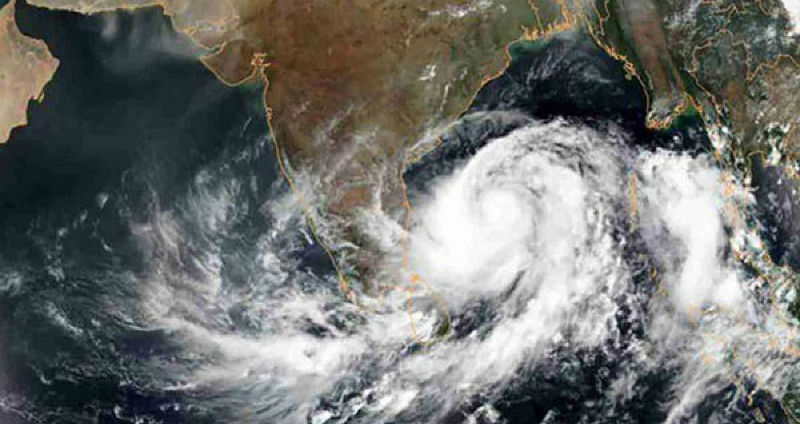
25/11/20 11:30 AM IST


In news
In view of the India Meteorological Department (IMD) forecast and the projected requirements ahead of the landfall of cyclone 'nivar', the National Disaster Response Force (NDRF) has deployed nearly 1,200 rescue personnel in Tamil Nadu, Andhra Pradesh and Puducherry and has put 800 others on standby.
Cyclonic Strom “NIVAR”
Cyclone
Source: PIB

17 Sep
'Dehradun and several other districts in Uttarakhand have experienced very heavy rainfall over the past few days, triggering landslides in multiple areas and causing rivers to swel
Read More
08 Sep
'The Rajasthan Coaching Centres (Control and Regulation) Bill, 2025, is a significant piece of legislation passed by the Rajasthan Assembly to regulate and oversee the state's burg
Read More
28 Aug
'Recently, the Indian Space Research Organisation (ISRO) successfully carried out its first Integrated Air Drop Test (IADT-1), a crucial milestone in the preparation for the countr
Read More